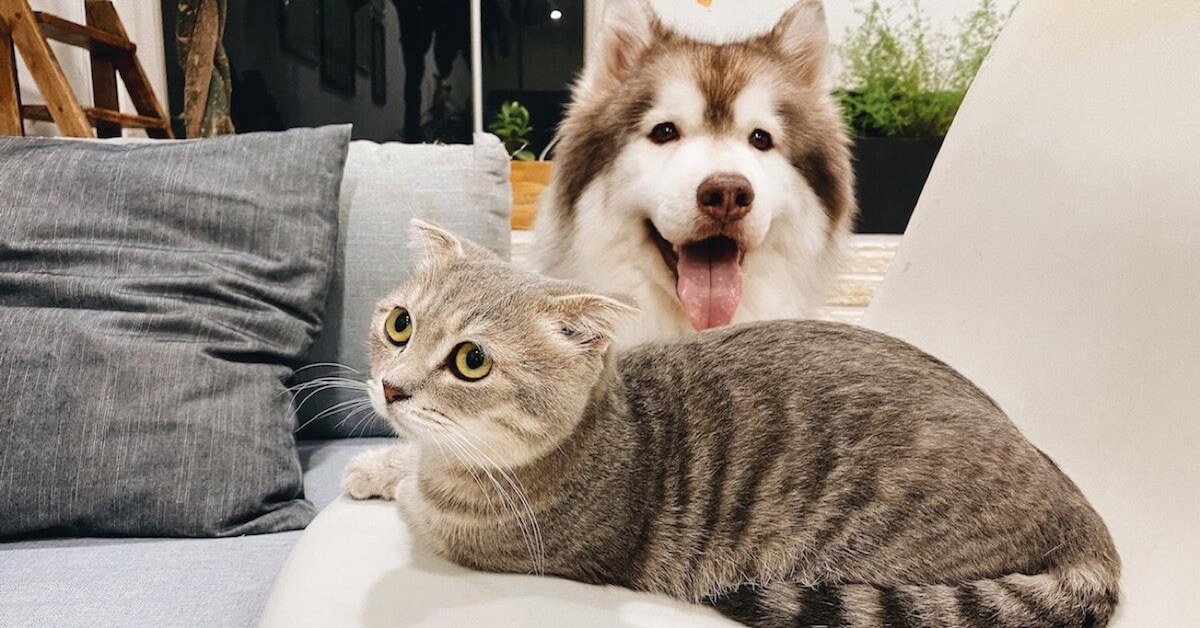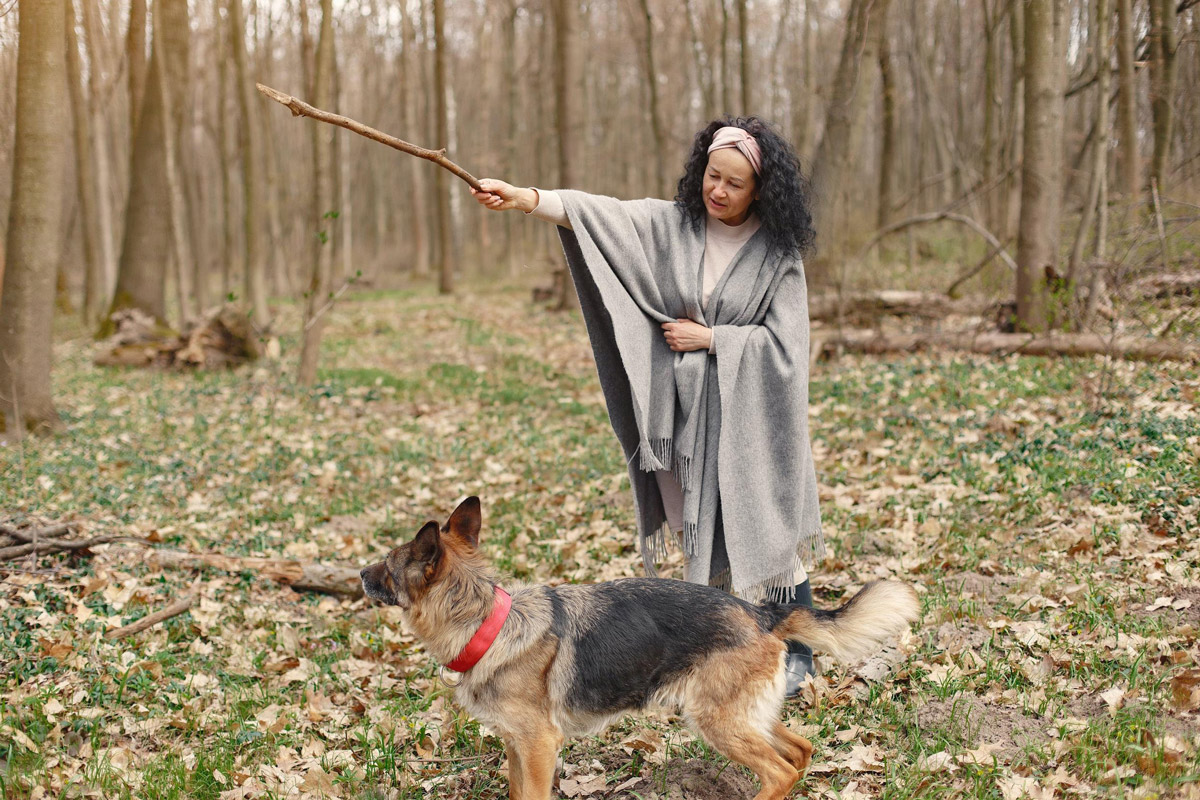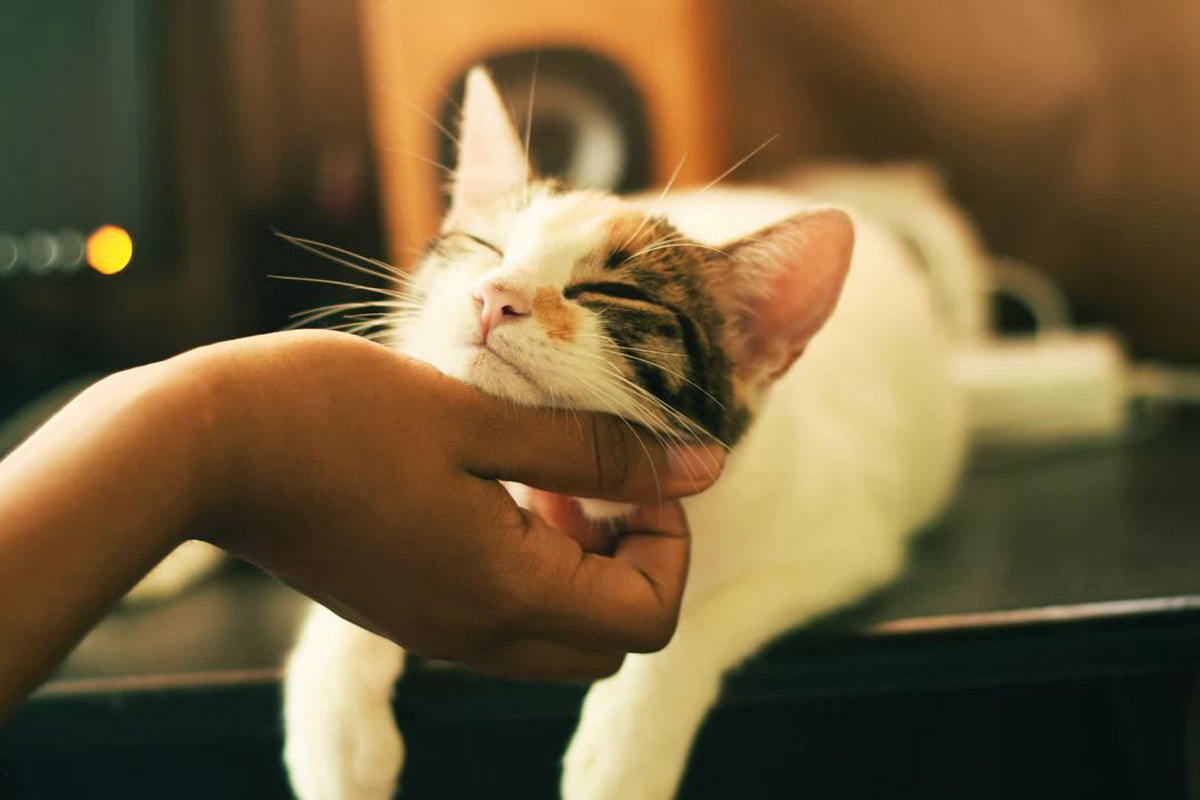How Should You Care for A Deaf Or Blind Pet?

Cover image source: Tran Mau Tri Tam on Unsplash
Note: This article was written for and originally posted on Silversky.
As much as we want our pets to stay healthy all the time, our furry companions are susceptible to common conditions that may result in progressive blindness or deafness. Due to this loss of an important sense, deaf and/or blind pets require extra care and attention from their owners to ensure their safety when manoeuvering about as they’re less able to detect potential dangers and be self-reliant.
While this may seem like a daunting challenge, vets in Singapore will tell you that there are actually many ways you can help them to adapt and enjoy a life that is just as fulfilling, happy, and independent. Whether you’re caring for a pet who lost their vision and/or hearing or a pet who was born without the ability to see and/or hear, here’s what you can do as their caretaker:
Coping with blindness:
Avoid moving furniture pieces

Source: Amber Renae on Unsplash
Given their inability to navigate around the house using their eyes, these pets largely rely on their memory to visualise the layout of your house. This is applicable for pets who experience progressive blindness, which makes it easier for them to recall the arrangement of the house from before. Hence, moving furniture pieces around unnecessarily is not advisable as it will undoubtedly confuse them, while also pose a huge safety risk to them as they wander around the house unsupervised.
Besides furniture pieces, the placement of their food and water bowls, chew toys, as well as litter boxes and toilet areas should not be moved around unnecessarily. While they can still rely on their sense of smell to locate these important items, the heightened difficulty and change in environment may cause them to experience insecurity, anxiety, and stress, and may turn to destructive behaviour to relieve themselves.
However, if you are bringing your pet to a completely new environment or introducing a new vision-impaired pet to your home, it is important to give them a chance to learn the layout of the place. Walk your dog through each space on a leash, and use the same method that you would use to settle a sighted cat into your home — start with one room and expand this territory over time and under supervision.
Spraying pheromones or scented oils to guide them to their rest and food areas can also help them to sniff out these important locations, or to highlight things that your pet might bump into. After a period of time, your blind pet will definitely be much more accustomed to their new surroundings, which allows them to navigate around the house independently.
Eliminate potential dangers

Source: Barthelemy de Mazenod on Unsplash
While your pet may be able to recall the general layout of your house, it is unavoidable that he will still meet with a few mishaps here and there, such as bumping into the corners of the table or couches. To ensure the safety of your pet, you can make use of corner guards, bubble wraps, and baby gates to “dog/cat-proof” your house. Make it a point to not leave boxes, toys, or other objects in walking paths as well.
When eliminating these potential danger zones in your house, it’s important that you put yourself in the shoes of your pet by getting down to your pet’s eye level. This can definitely help you to uncover unexpected dangers that you may not be aware of before.
Additionally, if you have a blind dog, teach your dog to respond to commands like “watch”, “step up”, and “step down” so they can avoid things in their way and safely navigate curbs and stairs. To avoid startling your pet, you may also attach a small bell to your clothes and to the collars of other pets in the house so that he knows when others are near.
Coping with deafness:
Display grand gestures

Source: Gustavo Fring on Pexels
The trick to communicating with a pet that faces hearing problems is to replace cue words with various gestures to convey specific messages. It is also important to exaggerate and make sure that your signals are clear, distinguishable from one another, visible at a distance, and used consistently enough when communicating with them.
That said, it is recommended to still use your voice when you are signaling so that your body language and facial expressions will be more natural for your pet to read. You may also find it useful to gently throw a soft toy into their line of sight to catch their attention, use flashing lights to signal something, like its feeding time, or tapping the ground to use the vibrations to awaken your pet.
Avoid startling them

Source: Yerlim Matu on Unsplash
Having lost their sense of hearing, pets who are deaf can be easily started by your touch, especially when they are unable to hear your footsteps as you approach them from behind, or when they are asleep.
When training them to be more accustomed to your presence and touch, it is important to avoid approaching them from behind. Instead, make sure that you are in their line of sight and maintain eye contact while approaching them with a treat.
When waking them up, you may try putting your hand in front of its nose to let your smell wake them up, or as mentioned before, thump the ground with your hand or foot to cause vibrations. As being woken can be disconcerting for deaf pets, you can also reward them with a treat whenever they do so to associate it as a positive experience!
Prepare them for interactions with the outside world

Source: Matt Nelson on Unsplash
Since deaf dogs are unable to respond to other dogs’ vocal cues, they may struggle to interact normally with them, be startled more easily, and may react aggressively out of fear or miscommunication.
As a result, it is important to prepare them before they meet with new dogs in order to keep both parties safe. You can do so by informing them of their incoming presence with a gesture, as well as keep a lookout for signs of fear and aggression in each dog to know when to remove them from the situation.
As deaf dogs become much more accustomed to interacting with other dogs and humans, there is a tendency for them to exhibit mouthing too, which is a natural behaviour for showing signs of affection. However, because deaf dogs are unable to hear the squeals that are usually used to let the biting party know that they are biting too hard, you need to come up with a hand gesture that signals them to be more gentle.
As for those who are looking after a deaf cat, make sure to prep your kitty for the outside world! Always make sure he has a harness and leash attached to you at all times if you decide to bring him out for some sunshine, or consider constructing a cattery if you live in a landed property where he can enjoy the outdoors in the safety of the cattery.
Stay paw-sitive!
While caring for a pet that has these physical disabilities may seem like a scary task, it is ultimately a rewarding experience and requires no less commitment than taking care of any other pet. With the right adjustments made as well as a positive training process, you will soon find yourselves enjoying each other’s companionship and affection, just like any pet-owner bond!









